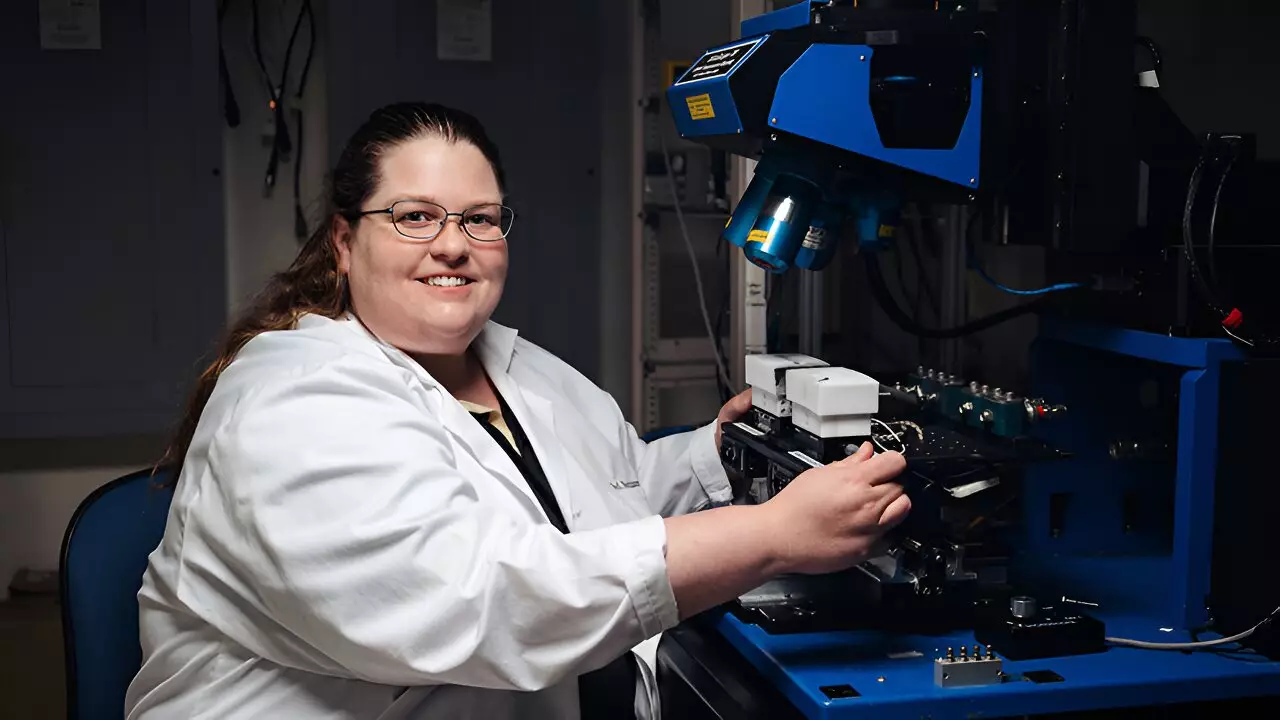In the ever-evolving landscape of technology, managing heat production in electronic devices has become increasingly critical. The simple act of using a fan to cool down a desktop computer is an outdated approach for today’s sophisticated gadgets, including smartphones and electric vehicles. As these devices continually generate heat during operation, it can lead to degradation of performance and reliability over time. A deeper understanding and innovation in thermal management techniques are vital for enhancing both the efficiency and lifespan of electronic products.
The rise of heat generation in electronics is a growing concern, as devices are pushed to work harder, leading to increased heat output. Researchers like Amy Marconnet from Purdue University are pioneering advancements in cooling technologies, focusing on optimizing heat dissipation methods. With a keen focus on broadening the operational temperature range of modern electronics, Marconnet’s work could contribute to enhanced performance and power sustainability.
Marconnet’s research highlights the necessity for efficient thermal management strategies across devices. This is particularly relevant for wearable electronics, which require strict temperature control due to their close contact with the human body. The challenge lies in dissipating heat without compromising the weight or manufacturing costs of the device. By exploring various materials that facilitate improved heat flow, Marconnet aims to refine the thermal management in electronic systems.
One innovative direction of her work explores the use of phase change materials (PCMs). These materials are characterized by their ability to absorb and release heat during their transition between solid and liquid states. “In practical terms, when you’re using high-demand applications like virtual reality goggles, these materials can absorb excess heat while you’re using them,” Marconnet states. “Once the device is off or charging, these materials solidify, readying themselves for the next use.” This dual functionality promises to enhance user experience significantly, allowing devices to operate at peak efficiency without the risk of overheating.
The significance of material research in the realm of thermal management is crucial. Marconnet’s exploration into utilizing metallic alloys as PCMs within compact chips exemplifies the promising intersection of material science and engineering. Her graduate student, Meghavin Bhatasana, has been instrumental in these findings. This compact design approach not only optimizes device performance but also maintains space efficiency, making it applicable in miniaturized electronics.
Previously, Marconnet’s studies have scrutinized the effectiveness of thermal greases, which are used to bridge the thermal gap between silicon chips and heat-spreading components. However, these substances often face challenges, as they can become “pumped out” over time, leading to a decline in thermal performance. To counteract these issues, Marconnet is focusing her attention on fast-testing methodologies to quickly assess the thermal performance of new materials, enabling quicker iterations and refinements.
Another facet of thermal management explored by Marconnet is the impact of battery charging on heat generation. As high-speed charging becomes the norm, particularly in electric vehicles, it’s essential to manage the heat produced by these rapid electrochemical reactions. Drawing an analogy with incandescent light bulbs, Marconnet emphasizes the need to harness the useful energy generated while mitigating the accompanying heat that typically results in inefficiency.
Supporting Marconnet’s endeavors is Xiulin Ruan, another prominent figure in mechanical engineering at Purdue University. Together, they have worked on developing compressible foams that not only spread out excess heat but also offer insulation against lower temperatures. This innovation could significantly enhance the life span of critical components in electronic devices. Their collaborative efforts have even led to a patent application for these technologies, potentially setting the stage for commercial products aimed at better thermal management.
As the demand for high-performance electronics continues to grow, the importance of effective thermal management cannot be overstated. Continuous research, like that of Marconnet and her colleagues, is paving the way towards a future where devices can operate efficiently under higher power conditions without the risk of overheating. With ongoing developments in materials science and innovative cooling solutions, the landscape of electronics will likely transform, producing devices that are not only powerful but also reliable and user-friendly. As we move forward, the integration of these innovations will be crucial in addressing the thermal challenges posed by our increasingly electronic-driven world.

